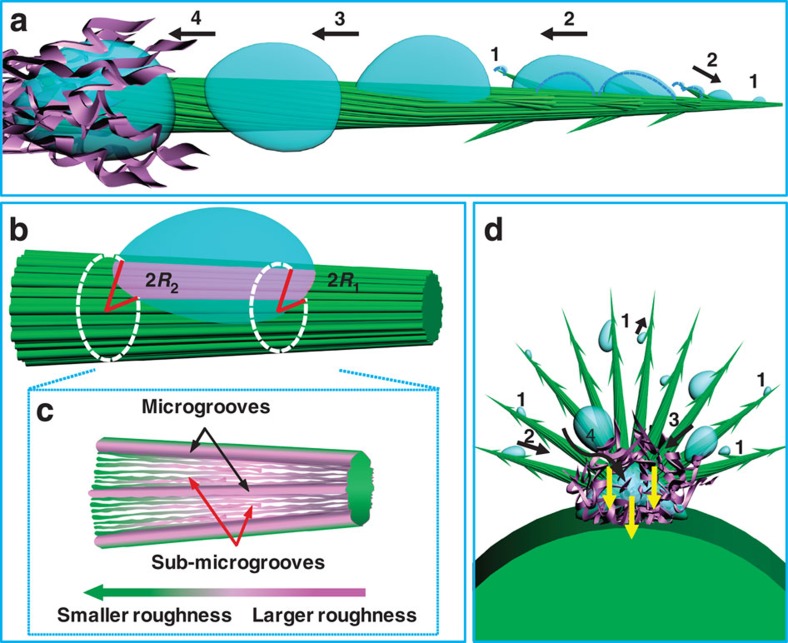Figure 4. Mechanism of the fog collection on the cactus.
(a) An overview of the efficient fog collection system of O. microdasys progressing from ‘1 Deposition' on the barbs and the spine to ‘2 Collection' on the tip of the spine, ‘3 Transportation' on the gradient grooves, and ‘4 Absorption' upon contact with the trichomes. (b,c) Analysis of the driving forces arising from the gradient of the Laplace pressure and the gradient of the surface-free energy. A water drop on a conical spine should move towards the base side with the larger radius (R2) due to the relatively smaller Laplace pressure (b). In addition to the conical shape, the surface of the spine was covered with multi-level grooves. The gradient of the microgrooves was sparser near the base than near the tip of the spine (as indicated by the black arrows). The aligned submicrogrooves were similar along the spine as indicated by the red arrows (c). This gradient of the microgrooves produced a gradient of roughness, contributing to a gradient of the surface-free energy along the spine, driving the water drops towards the base side. (d) Cooperation among the multiple spines, the multiple trichomes and the spines-trichomes. The water drops that progress through the ‘1 Deposition', ‘2 Collection' and ‘3 Transportation' processes are quickly absorbed into the cactus stem upon contact with the trichomes (‘4 Absorption').

